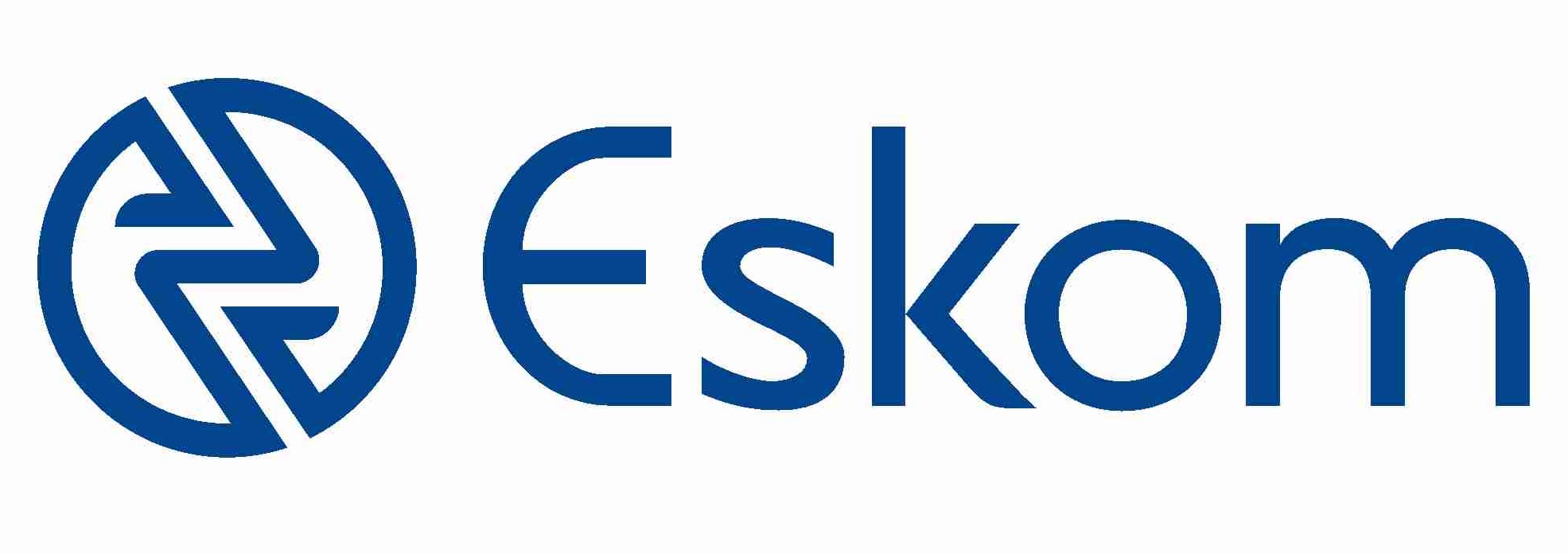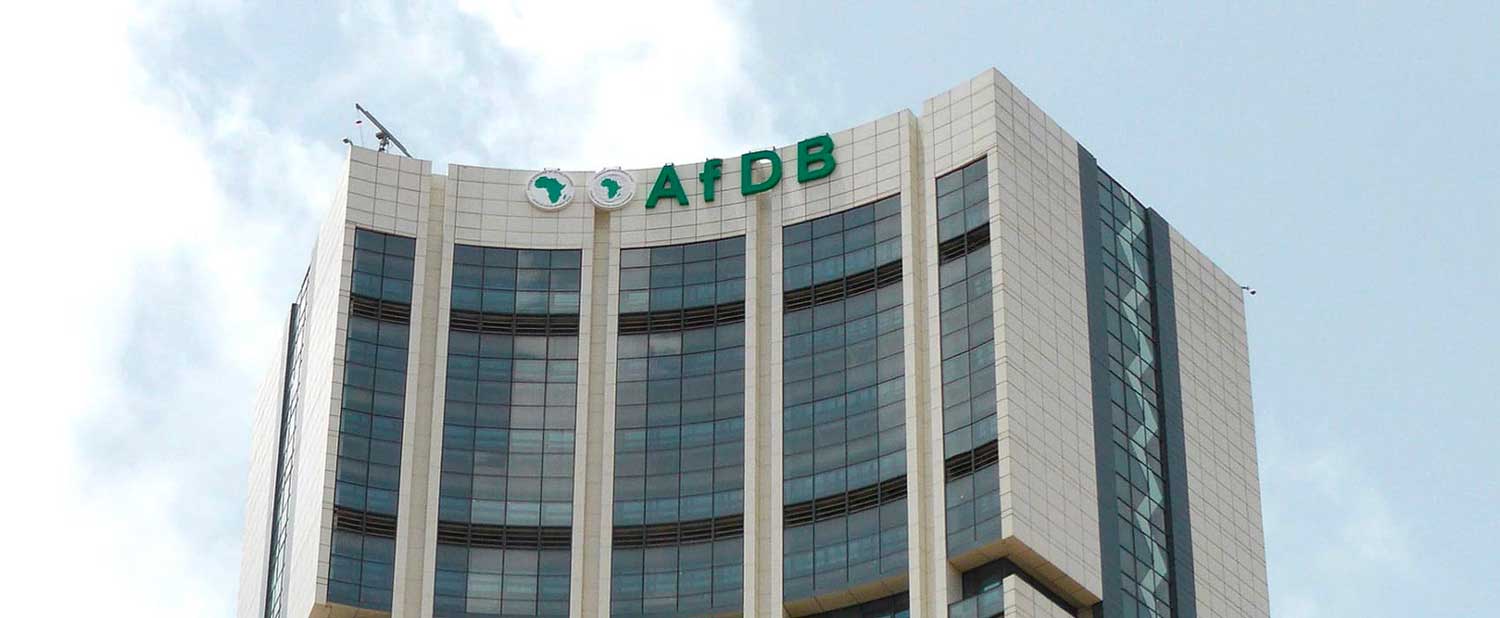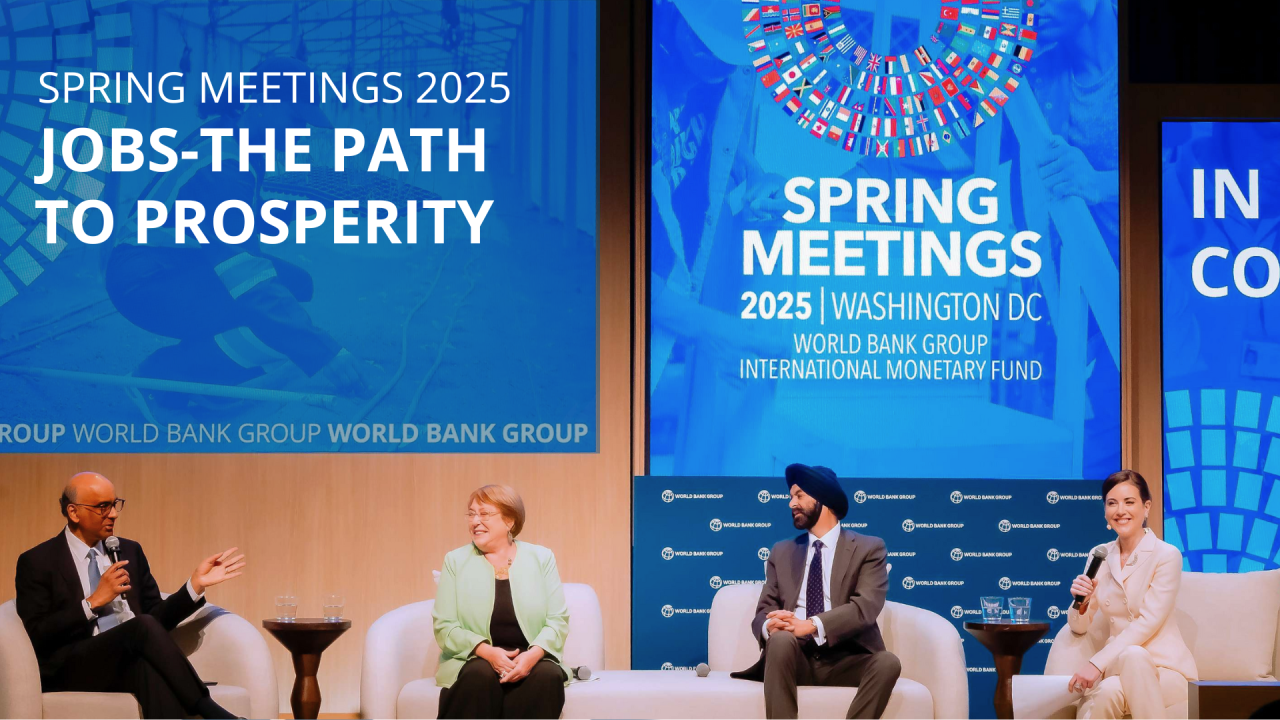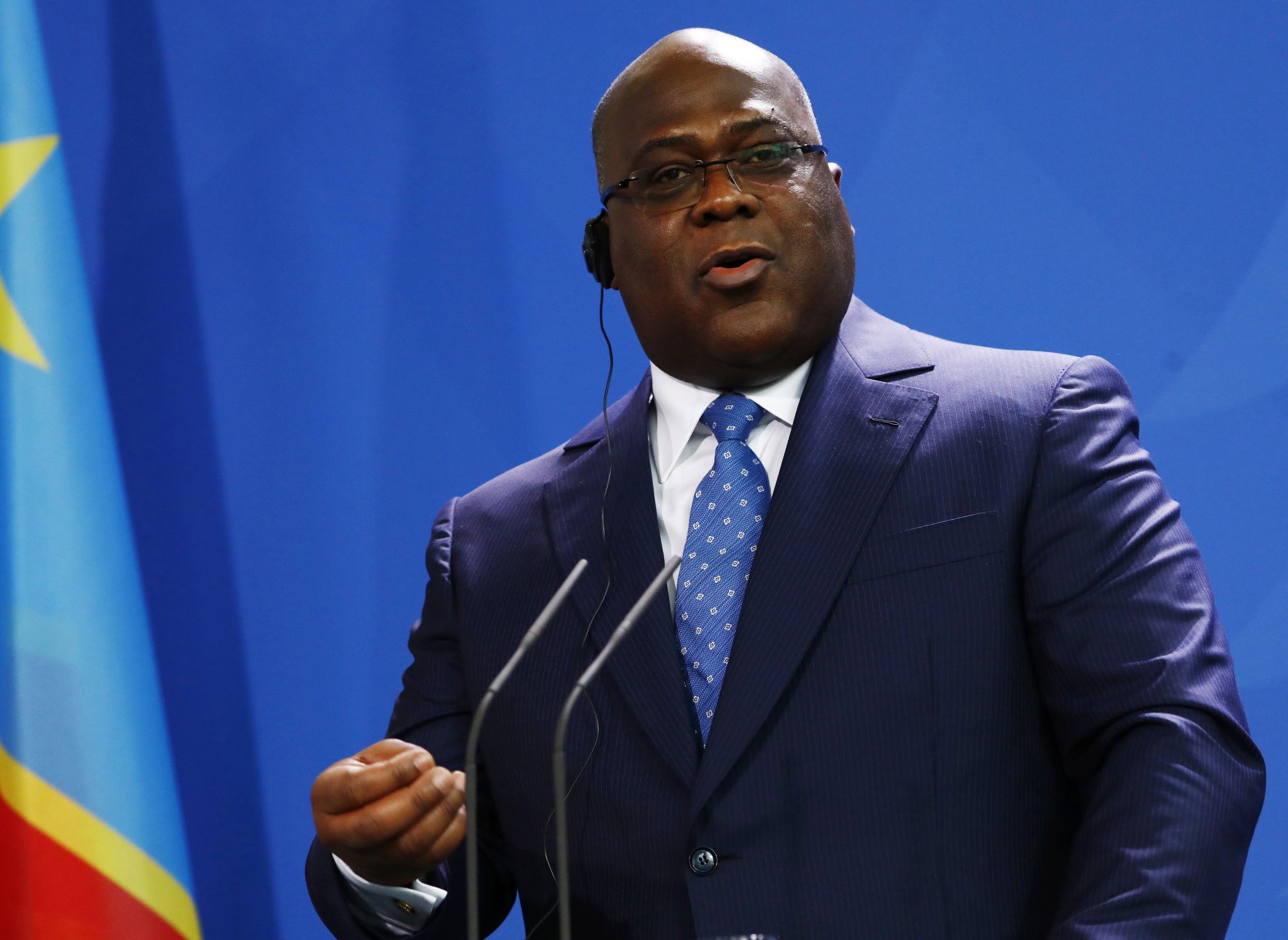South Africa’s 16bn rand Eskom turnaround tests CDS spreads and FX resilience
Eskom posts ZAR 16bn profit after 8 years, easing pressure on South Africa 2032 Eurobond (7.1%) and USD/ZAR near 18.30. Miners AAL, BHP, GLEN, SBSW gain stability, but CDS at 280 bps and arrears risk keep global investors cautious

South Africa’s state-owned power utility Eskom has posted its first profit in eight years, reporting 16 billion rand (≈ USD 870 million) for the financial year ending March 2025. The turnaround from a 55 billion rand loss in 2024 has stunned observers, given years of mismanagement, soaring debt, and rolling blackouts that dragged on the wider economy. While the headline profit is encouraging, its global significance lies in Eskom’s role as a proxy for South Africa’s sovereign risk, a driver of rand volatility, and a bellwether for global miners and energy transition finance.
The numbers matter because Eskom has long been South Africa’s single largest fiscal risk. Its debt pile once topped ZAR 420 billion (USD 23 billion), requiring repeated government bailouts. In 2023, Pretoria approved a ZAR 254 billion debt relief package, effectively socializing part of the burden. That restructuring, combined with higher tariffs sanctioned by the National Energy Regulator (NERSA) and fewer blackouts, underpins the profit. But investors question whether this reflects operational recovery or temporary balance sheet engineering. On an adjusted basis, Eskom’s EBITDA remains weak, its coal fleet is aging, and its interest cover has not been tested outside the state’s safety net.
The sovereign channel is particularly sensitive. Rating agencies — Fitch at BB- Stable and S&P at BB Stable — have consistently flagged Eskom as a drag on creditworthiness. The profit has already been felt in the bond market. The South Africa 2032 Eurobond (XS1807119071) trades at a yield of 7.1 percent, down from nearly 8.5 percent earlier this year, while the 5-year CDS has tightened to 280 basis points from 350 in mid-2024. Traders suggest a credible turnaround could compress spreads by another 40–60 bps, but warn that any relapse would force repricing of risk and widen South Africa’s external borrowing costs.
The impact on the currency is just as critical. The rand (USD/ZAR) has whipsawed between 18.20–19.80 against the dollar in 2025, with each bout of load-shedding shaving roughly 0.7 percentage points off quarterly GDP growth. Reduced outages have helped the rand rebound to the stronger side of 18.30 after the profit release. Global investors in EM carry trades, benchmarked to the MSCI EM Currency Index, now view Eskom as a “country-specific risk factor,” much as Pemex in Mexico or Petrobras in Brazil has shaped sovereign FX narratives. Sustained operational stability would help reduce South Africa’s rand volatility premium, a factor closely tracked in derivatives pricing.
For equities, the effects cascade through the mining sector. Companies such as Anglo American (LSE: AAL, JSE: AGL), BHP (NYSE: BHP), Glencore (LSE: GLEN), and Sibanye-Stillwater (NYSE: SBSW, JSE: SSW) are highly dependent on Eskom’s grid. Lower load-shedding translates into steadier output of platinum group metals, gold, coal, and iron ore, all of which feed into global benchmarks on the LME and Shanghai exchanges. Investors in the JSE Top 40 (J200) or mining ETFs have long discounted Eskom risk into valuations. If outages continue to ease, forward earnings could improve, reducing South African mining’s operational beta and lifting investor sentiment.
Eskom is also central to the energy transition. With more than 80 percent of its power still coal-fired, it remains South Africa’s largest carbon emitter and a symbol of transition risk. Profitability theoretically gives management room to reinvest in renewable capacity and grid modernization. The USD 8.5 billion Just Energy Transition Partnership (JETP), backed by Western donors, depends heavily on Eskom’s reform credibility. For ESG investors, Eskom is akin to Pemex or Petrobras: a state-linked giant whose reform trajectory shapes country-level ESG allocations. A credible reinvestment strategy could unlock green bond issuance and concessional climate finance. Failure, however, would push ESG flows toward competitors such as Morocco or Egypt.
Persistent risks cannot be ignored. Municipalities — responsible for about 42 percent of Eskom’s revenue — owe billions of rand in arrears, straining cash flow even in profitable years. Tariff hikes, while supportive of revenue, face political backlash ahead of elections, limiting Eskom’s pricing flexibility. Much of its fleet remains beyond design life, requiring capital expenditure that could erode profits. Governance risks and corruption scandals also cast a long shadow. Global fixed-income desks view the profit as encouraging but insufficient to declare Eskom structurally reformed.
For international investors, Eskom’s first profit since 2017 is therefore more than a domestic milestone. It shapes sovereign bond spreads, FX stability, equity valuations, and ESG capital allocation. If profitability continues, arrears are contained, and reinvestment is credible, the rewards could be significant: narrower CDS spreads, a stronger rand, more resilient miners, and renewed access to sustainable finance. If not, South Africa risks slipping back into the cycle of bailouts and fiscal deterioration. For now, the 16 billion rand profit is a welcome inflection point, but global markets will judge Eskom not on this headline alone, but on whether it can sustain discipline and operational reliability in the years ahead.





